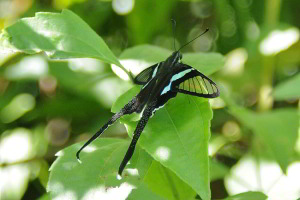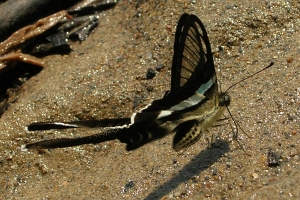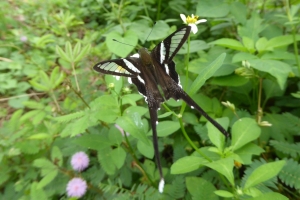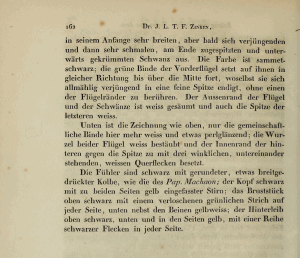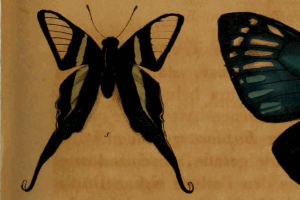Länder:

 +13Kontinente:ASKI
+13Kontinente:ASKI


 +13Kontinente:ASKI
+13Kontinente:ASKINeues Layout der Navigation (Beta Test)
LebendfotosDiagnoseWeitere InformationenAndere KombinationenUnterartenFaunistikLiteraturInformationen auf anderen Websites (externe Links)
1. Lebendfotos
1.1. Falter
1: Malaysia, Borneo, Danum Valley Conservation Area, Lichtung, Tagfund, 29. August 2014 (det. & Foto: Sebastian Holzki), conf. Frank ThormannForum
2: Malaysia, Borneo, Sarawak, Miri, Gunung Mulu Nationalpark, Kuala Litut, sandige Uferbank des Melinau Fluß, von Alluvialwald (Überschwemmungswald) umgeben, 150 m, 1. Oktober 2007 (det. & Freilandfoto: Dirk Mezger)Forum
3: Vietnam, Hải Vân Pass, ca. 10 m, 30. November 2015 (det. (cf.) & fot.: Peter Ginzinger)Forum
4-5: Thailand, Doi Inthanon, 16-17. März 2020 (det. & fot.: Regine Hakenbeck)
6: Thailand, Yot waterfall, 21. März 2020 (det. & fot.: Regine Hakenbeck)
2. Diagnose
2.1. Erstbeschreibung
1-3: Zinken (1831: 161-162, pl. XV fig. 8) [nach Copyright-freien Scans auf www.biodiversitylibrary.org]
3. Weitere Informationen
3.1. Andere Kombinationen
- Papilio meges Zinken, 1831 [Originalkombination]
3.2. Unterarten
- Lamproptera meges ennius (Felder & Felder, 1865)
- Lamproptera meges akirai Tsukada & Nishiyama, 1980
- Lamproptera meges virescens (Butler, [1870])
- Lamproptera meges annamiticus (Fruhstorfer, 1909)
- Lamproptera meges pallidus (Fruhstorfer, 1909)
- Lamproptera meges niasicus (Fruhstorfer, 1909)
- Lamproptera meges decius (Felder & Felder, 1862)
- Lamproptera meges pessimus Fruhstorfer, 1909
- Lamproptera meges amplifascia Tytler, 1939
3.3. Faunistik
Nach [Global Biodiversity Information Facility] kommt die Art in Indonesien, Philippinen, Malaysia, Thailand, Vietnam, China, India, Kambodscha, Laos, Myanmar, Barbados und Brunei vor.
Locus typicus gemäß Erstbeschreibung: Java.
(Autor: Michel Kettner)
3.4. Literatur
- Erstbeschreibung: Zinken genannt Sommer, J. L. T. F. (1831): Beitrag zur Insecten-Fauna von Java. Erste Abtheilung, mit den Figuren 1. bis 19. — Nova acta physico-medica Academiae Caesareae Leopoldino-Carolinae naturae curiosorum 15 (1): 129-194, pl. XIV-XVI. Bonn.













